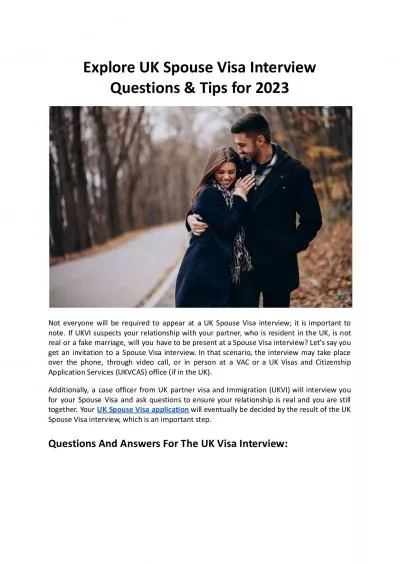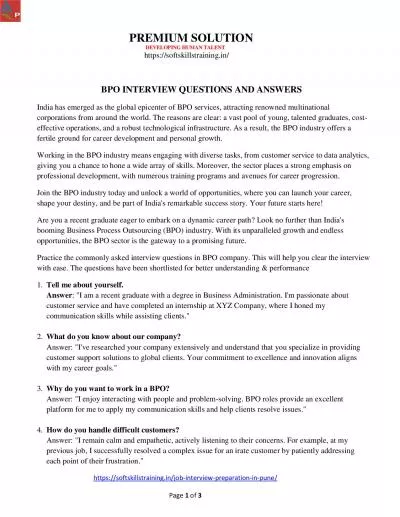PPT-Pixel contextual interview
Author : debby-jeon | Published Date : 2017-05-03
Research objective Baby Boomers are a growing population with a large disposable income They are in the later years of their employment or early retirement and
Presentation Embed Code
Download Presentation
Download Presentation The PPT/PDF document "Pixel contextual interview" is the property of its rightful owner. Permission is granted to download and print the materials on this website for personal, non-commercial use only, and to display it on your personal computer provided you do not modify the materials and that you retain all copyright notices contained in the materials. By downloading content from our website, you accept the terms of this agreement.
Pixel contextual interview: Transcript
Download Rules Of Document
"Pixel contextual interview"The content belongs to its owner. You may download and print it for personal use, without modification, and keep all copyright notices. By downloading, you agree to these terms.
Related Documents







